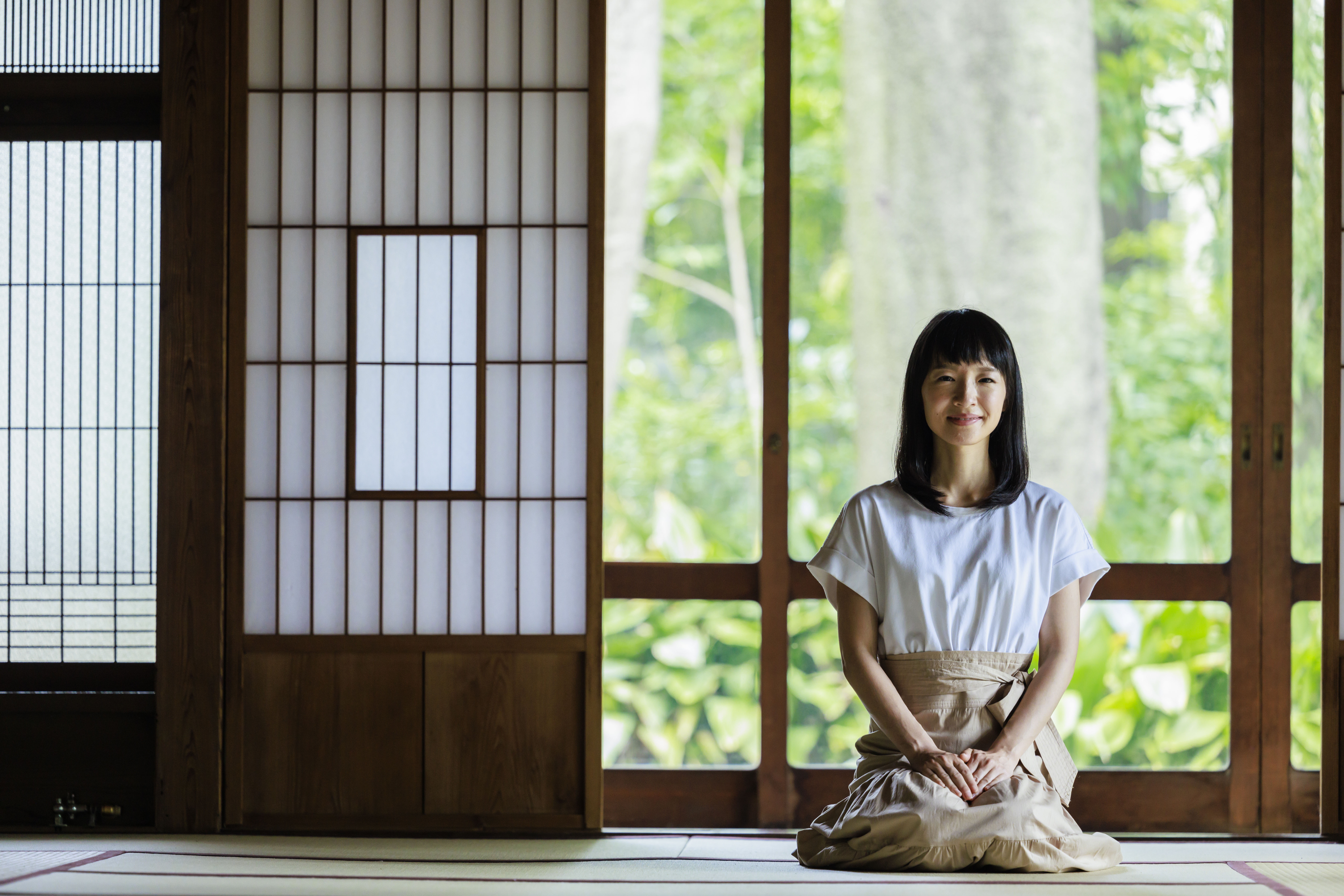Wood plays an indispensable role in classical Japanese architecture. Combined with careful craftsmanship and age-old techniques, architectural masterpieces embody the philosophy of wabi-sabi and living in harmony with nature.
Making Magic with Light and Wood

Wabi-sabi is an important aspect of Japanese philosophy. It centers on the acceptance of transience and imperfection, and embracing natural processes. This concept is perfectly reflected in classical Japanese architecture, in which wood takes center stage.
For centuries, wood has been the material of choice when constructing Japanese residences and religious edifices. I had the opportunity to visit a beautifully-preserved 240-year-old residence located in the west part of Tokyo. Complete with latticed woodwork, delicate shoji doors, tatami floors and a spacious engawa veranda that looks out to a garden, it exuded a rustic beauty, seamlessly blending into the surrounding scenery.
Ancient Japanese architecture was heavily influenced by traditions like the tea ceremony and ikebana—there is a focus on keeping spaces simple and airy. But behind the minimalist aesthetic is intricate craftsmanship and ingenious age-old techniques that give spaces a calm and comforting effect. Through the clever use of wood and empty space, the artisans make use of the natural lighting. Intricately carved wooden panels that sit close to the ceiling known as ranma beautifully filter and diffuse the light from the outside. Wood grain patterns and imperfections are exposed and embraced throughout the structure. This subtle blend of light and wood perfectly embodies wabi-sabi aesthetics.
The Graceful Beauty of Japanese Cypress and Cedar
When I stepped in, I noticed how cool and well-ventilated the interior was. I learned that wooden structures absorb humidity—perfect for the hot, sultry summers of Japan. Wood’s insulating properties keep houses cool in the hotter months and warm in the winter. This particular residence was built with a few different types of wood—zelkova, pine, and Japanese cedar. Japanese cedar, or sugi, grows in many parts of Japan. Lightweight and soft, sugi is characterized by its warm colors, beautiful grain patterns, and natural luster. It is known to be extremely resilient, lasting for centuries if taken care of properly.
Another notable wood often used in ancient Japanese architecture is hinoki, or Japanese cypress. Prized for its delicate, soothing fragrance and graceful beauty, it is often used in the construction of temples and shrines. Hinoki is also extremely durable, which is why so many wooden structures still stand in Japan today. In fact, Horyu-ji Temple, the world’s oldest wooden structure, is also made of hinoki. Although it is lightweight and soft, I learned that it gets stronger over time.
Wood—a Treasure for Years to Come
My core philosophy centers on cherishing our households and surrounding ourselves with items that bring us joy. Things that spark joy don’t have to be expensive or flashy. Rather, they are the things that we feel a strong connection with, things that have a personality of their own. I think organic materials like wood exemplify those properties. When you touch wood, it seems to be alive and breathing. The intricate grain patterns tell a story.
Wood changes character with the passing of time and that’s what wabi-sabi is about—embracing imperfection and finding beauty in unexpected places. Its long-life span, whether in the form of a house, furniture, or even a small object, can nurture joy for years to come.








